Food Insecurity in Santa Cruz County
By David Amaral and Heather Bullock (UC Santa Cruz)
June 2021, Volume 2
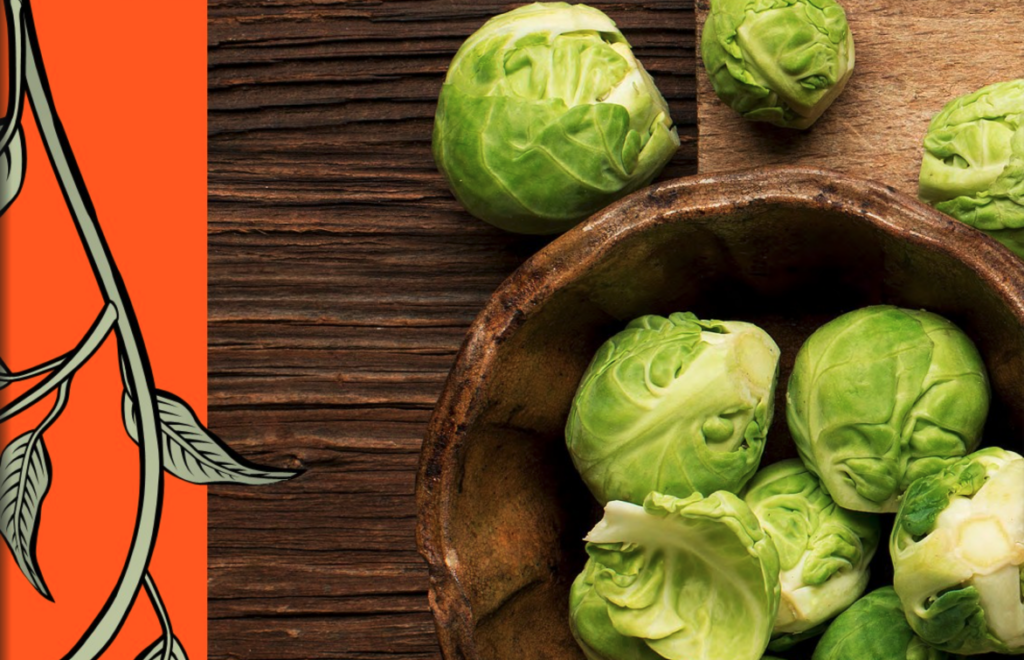
Tracking the Meal Gap in Santa Cruz County: Findings from the 2018-2019 Food Insecurity Index and Provider Perspectives on Food Assistance During the COVID-19 Pandemic
Executive Summary
In 2019, the UCSC Blum Center on Poverty, Social Enterprise, and Participatory Governance, and Second Harvest Food Bank of Santa Cruz County began measuring and tracking county-wide food insecurity. This report updates our first analysis, Tracking the Meal Gap in Santa Cruz County: An Index of Food Insecurity, 2014-2018. In addition to updating our food insecurity index for Santa Cruz County, we report findings from fall 2020 interviews with food assistance providers about the impact of the COVID-19 pandemic on county need and assistance efforts.
Food Insecurity Index Findings
During the 2018-2019 fiscal year:
- Approximately 40,900 households or about 93,000 residents of Santa Cruz County were at risk of experiencing food insecurity.
- Households at risk of food insecurity were able to purchase approximately 54% of the meals they needed for a nutritious, healthy diet.
- More than 22 million meals, or 22% of the meals needed by the population at risk, were provided through state food assistance programs such as CalFresh and through county food bank and nonprofit partners. Forty-seven percent of the gap between what households at risk could purchase and what they needed was filled by food assistance efforts.
- Despite the essential assistance provided by these programs, the food insecurity index rating for the 2018-2019 fiscal year was 0.53, indicating that 53% of the need for food assistance went unmet.
- We estimate that there remained more than 24 million “missing meals” during the 2018-2019 fiscal year. If these missed meals were distributed evenly among the entire population at risk of food insecurity, it would mean each individual missed about 5 meals each week.
- Our findings document a five-year trend toward fewer missed meals. We believe this reduction is largely the result of a shrinking population at risk. This is likely due to many low-income households being pushed out of the county by rapidly rising housing costs. Food assistance during this time period has remained relatively stable.
Providers’ Perspectives on Food Assistance during the COVID-19 Pandemic
Although data are not yet available to fully evaluate the impact of the COVID-19 pandemic, it is clear that food insecurity and the need for assistance has risen sharply in Santa Cruz County and across the United States. To learn more about the local impact of the pandemic and supplement index findings, interviews with 14 food assistance providers throughout the county were conducted.
We identified the following key themes from our interviews:
- Need: Nearly all agencies reported experiencing higher levels of need for food assistance since the pandemic began. Numerous organizations had doubled or tripled the amount of food they were distributing.
- Challenges: Agencies reported being able to access sufficient food to meet increased need, however, many struggled to maintain or recruit enough volunteers, often contributing to overworked staff.
- Strategies: Nearly all agencies shifted to a drive-thru model of food distribution within the first few weeks of the pandemic. This allowed for more efficient food distribution but reduced opportunities for personal connection that are valued by both food pantry volunteers and clients.
- Opportunities: Among the opportunities generated by the pandemic, agencies noted increased public awareness about food insecurity. This, in turn, contributed to donations. Additionally, increased food distribution helped agencies further develop trusting relationships with their clients and share resources with the communities they serve.
Our findings indicate that in the year prior to the COVID-19 pandemic nearly one-third of households in Santa Cruz County lacked reliable access to healthy food. Since March 2020, all indications are that the need has increased dramatically. While government assistance programs play a crucial role in reducing food insecurity, the county food bank and nonprofit partners assist thousands of county residents who do not qualify for state and federal assistance. Addressing need, which will undoubtedly outlast the pandemic, will require continued collaboration to increase public awareness of food insecurity, disseminate information about available resources, and reduce stigma associated with assistance programs.
This report would not be possible without the data sharing and support of a committed network of nutrition assistance providers across Santa Cruz County. We thank the Grey Bears, Community Bridges, Second Harvest Food Bank, Valley Churches, United Missions, as well as many other nutrition assistance programs, in our county for their generosity and support. We are deeply grateful to Michael Enos for sharing his expertise and experience calculating food insecurity indices. We also thank Professor Eva Bertram, Lisa Nishioka, Desiree Ryan, and Melina Singh for their assistance preparing this report.



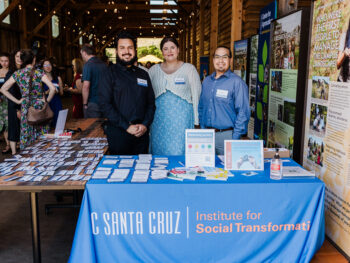



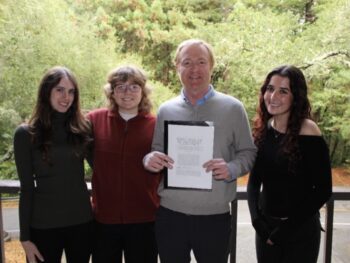
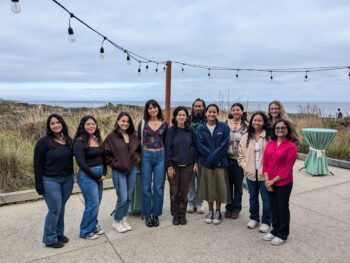
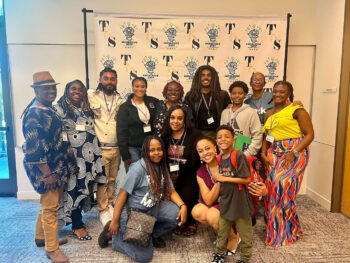
 What We Learned About Teachers During the Pandemic: A Series
What We Learned About Teachers During the Pandemic: A Series
